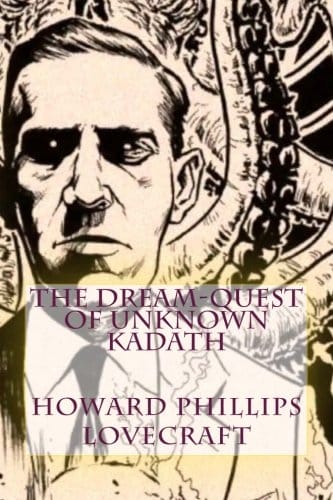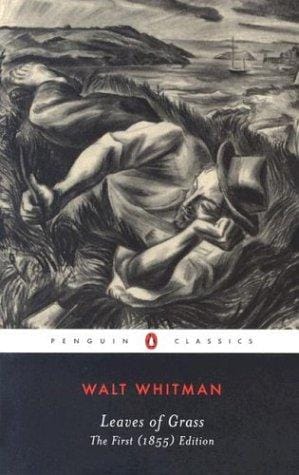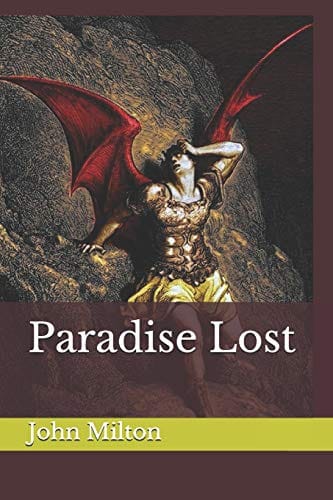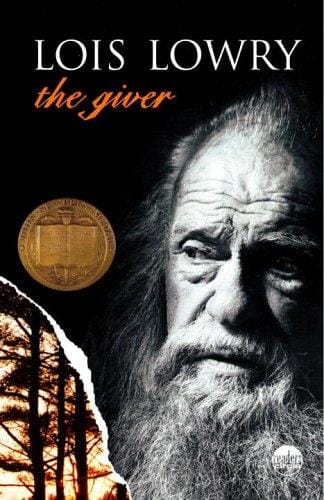Exploring Lovecraft’s The Dream-Quest of Unknown Kadath
An 800-word dive into Lovecraft’s surreal novella, covering plot, themes, characters, influence, and tips for modern readers.

Introduction to a Dreamlike Odyssey
H.P. Lovecraft’s The Dream-Quest of Unknown Kadath, written between 1926 and 1927 but published posthumously in 1943, occupies a unique position in the author’s vast body of work. Part of the so-called “Dream Cycle,” the novella guides readers through fantastical vistas stitched together by cosmic dread, archaic mythology, and the numinous logic of dreams. Although often overshadowed by Lovecraft’s more famous tales of cosmic horror, this story offers one of his richest imaginative canvases and provides a keystone for understanding his evolving fictional universe.
Plot Synopsis: Randolph Carter’s Cosmic Pilgrimage
The narrative follows Randolph Carter, Lovecraft’s recurring alter-ego, who repeatedly dreams of a splendid sunset city whose beauty haunts his waking hours. After the city vanishes from his nightly reveries, Carter resolves to locate it in the perilous Dreamlands. His quest takes him from the opium-clouded docks of Celephaïs to the vaults beneath brilliant Ulthar, and onward across sculpted plateaus, black seas, and frozen wastes.
Throughout the journey, Carter encounters benevolent cats ruled by the feline Pharaoh of the Dreamlands, the Zoogs that lurk amid primordial forests, slithering denizens of the Underworld, and even confrontations with dreaded Nyarlathotep. Each encounter unspools further wonder and terror, affirming the story’s hybrid identity as an adventure romance and an exercise in cosmic horror.
At last, Carter reaches Kadath, only to discover the city is a projection of his own childhood memories of Boston’s sunset-tinted rooftops. Nyarlathotep, the Crawling Chaos, reveals this bittersweet truth in hopes of trapping Carter in eternal servitude. Carter escapes by embracing the dream’s unreality, refusing to grant Nyarlathotep power through fear. With that realization, he awakens, deprived of Kadath’s beauty yet empowered by the revelation that the dreamscape springs from the mind’s creative depths.
Key Characters and Creatures
Randolph Carter
As the quintessential dreamer, Carter symbolizes yearning for transcendent beauty. Unlike Lovecraft’s more passive protagonists, he acts decisively, illustrating the tension between intellectual curiosity and existential peril.
Nyarlathotep
Serving as the novel’s primary antagonist, Nyarlathotep evokes dread not merely because of his near-omnipotence but because he embodies cosmic indifference wearing a mask of seductive guidance. He is the sole Great Old One who actively manipulates humanity, and his role here underscores Lovecraft’s preoccupation with deceptive appearances.
The Cats of Ulthar
Lovecraft’s notorious affection for felines shines through the cats of Ulthar, who aid Carter against monstrous moon-beasts. Their loyalty offers fleeting comfort amid the surrounding nihilism, highlighting moments of wonder that buoy the tale’s darker currents.
Major Themes
The Allure and Peril of Escapism
Lovecraft crafts a cautionary exploration of escapism. Carter’s longing for the dream city mirrors the human desire to transcend mundane reality. Yet the revelation that Kadath is rooted in everyday memory emphasizes that grounding oneself in reality is necessary to avoid manipulation by eldritch forces.
Cosmic Insignificance
Though less outright nihilistic than The Call of Cthulhu, the novella reaffirms humanity’s microscopic place within an unfathomable universe. Carter’s agency pales next to Nyarlathotep’s machinations, yet his limited triumph illustrates fleeting resistance against cosmic forces.
Memory and Identity
By linking Kadath to Carter’s childhood, Lovecraft suggests that identity is constructed from memory and imagination. The story implies that true wonder may lie not in distant stars or cyclopean ruins but in personal histories refracted through the subconscious.
Position Within Lovecraft’s Dream Cycle
The Dream-Quest of Unknown Kadath serves as the Dream Cycle’s capstone, weaving together motifs introduced in shorter pieces like “The White Ship,” “Celephaïs,” and “The Cats of Ulthar.” Whereas earlier stories feel like isolated postcards from the Dreamlands, this novella maps an entire continent of surreality, threading previous locales into a single odyssey. In doing so, it prefigures modern shared universes and shows Lovecraft experimenting with continuity long before the concept became mainstream.
Influence and Legacy
Although initially criticized for its episodic structure and lack of tension, the novella gained appreciation during the mid-20th-century Lovecraft revival. Today it is celebrated for anticipating the New Weird movement and inspiring authors such as Neil Gaiman, Jeff VanderMeer, and Kij Johnson. Its depiction of dream logic influenced tabletop role-playing games like Call of Cthulhu and video games such as Bloodborne, which channel its blend of exotic beauty and lurking horror.
In academic circles, the text invites interdisciplinary readings—spanning psychoanalysis, mythic studies, and even urban geography—thanks to its kaleidoscopic layering of real and imagined spaces. Scholars have observed parallels to Dante’s Divine Comedy and Lord Dunsany’s peacock-feathered dream realms, further cementing Lovecraft’s place in a lineage of visionary fantasists.
Reading Tips for Modern Audiences
Some readers struggle with Lovecraft’s archaic diction and meandering pace. Approaching the novella as a series of dream vignettes rather than a conventional plot can unlock its pleasures. Listening to an audiobook or consulting illustrated maps of the Dreamlands may also enhance comprehension. Finally, pairing the text with companion stories like “The Silver Key” deepens appreciation for Randolph Carter’s larger character arc.
Conclusion: Why Kadath Still Matters
The Dream-Quest of Unknown Kadath endures because it captures both the exhilaration and the danger inherent in imaginative exploration. By fusing high fantasy imagery with cosmic horror’s unsettling vastness, Lovecraft reminds us that dreams can be gateways to wonder or abysses of oblivion—often both at once. For readers willing to embark on Carter’s perilous journey, Kadath offers a richer understanding of Lovecraft’s creative ambition and an unforgettable glimpse into the limitless architectures of the sleeping mind.



